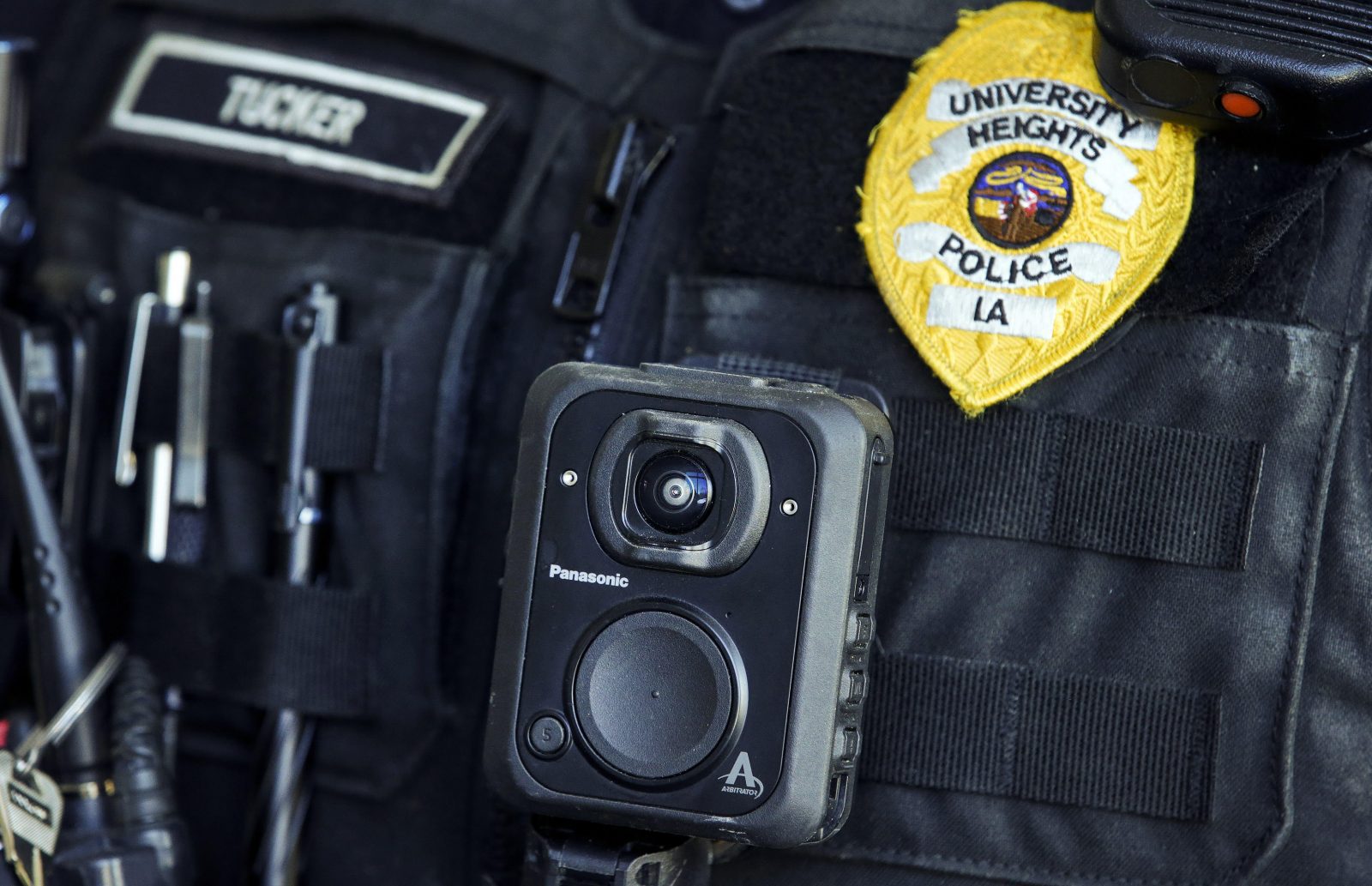By Eric Ferrero, Executive Director
In the wake of several recent cases in Iowa about whether police body-camera footage must be released publicly, journalists in the state came together to develop an ambitious collaborative investigation. They planned a series of stories on the issue that would be available to all of the state’s 250 newspapers free of charge, starting with obtaining policies on body-camera footage from every law enforcement agency in the state.
The group had a great idea and a strong plan – they just needed some help to get it done. They applied for a grant from the Fund for Investigative Journalism in October, and we provided $10,000 to cover their expenses to obtain public records and create a database and map with them.
Through the Iowa Newspaper Association, more than 50 reporters across the state obtained policies from more than 220 local law enforcement agencies. Their first story, which includes the database and map of policies, has been published in 30 newspapers statewide. Erin Jordan, an investigative reporter at the Cedar Rapids Gazette, helps coordinate the group. She talked to me about how this collaboration came about, her advice for other reporters and the unique role of local newspapers.
Q: It’s remarkable that so many reporters at so many newspapers are working together on this series. How did the collaboration come together initially, and how did you structure it to make it workable for everyone involved?
The project idea came about in the Iowa Newspaper Association’s government relations committee, which monitors legislation and other non-legislative government activities that might affect Iowa newspapers or their readers. From that conversation, a core working group formed with representatives from three Iowa newspapers and INA Executive Director Susan Patterson Plank. That group devised a plan for the series and asked for help from Iowa newspaper reporters to request policies and video from law enforcement agencies. We have used Google forms to collect responses and a whole lot of emails. Meeting weekly on Zoom helps us stay focused.
Q: What advice do you have for other investigative journalists who want to develop collaborative reporting projects?
You need buy in and to get that, reporters and editors need to be passionate about a topic. And they have to see the final product – stories, photos, online interactives – being something that will interest their readers. After you find that topic, identify a few key players who agree to carry out the project, seeking help from others as needed. Communication throughout the project is key. News outlets need to know when the stories are coming and what they will get so they can plan accordingly.
Q: One of the most interesting findings in this first story is that only half of the law enforcement agencies in the state treat video footage as a public record. Are you seeing increased momentum to enact clearer and more consistent statewide policies on police video footage?
Not really. The bills we’ve seen in the Iowa Legislature this year have been more about protecting police (penalizing cities that cut police budgets, letting officers know more about complaints against them) than setting a higher bar for accountability. But some attorneys who handle open records cases say there is a growing body of court rulings showing video is part of the “immediate facts and circumstances” of a case and should be made public in most cases.
Q: An important part of this project is the database and map of 220+ policies across the state. Once all of the reporters across the state obtained the policies, how did you analyze them and how did you create the database in the map?
On a Google form, we asked reporters to upload police policies and answer some basic questions, such as “does the policy mention video as a public record?” John McGlothlen, an online editor at The Gazette, took those responses and created the interactive map, which allows users to click on a community and see the local agencies’ video policies and the responses to the questions answered by reporters. The responses also informed our reporting for the story, pointing us to agency heads we should interview and giving us examples to cite. The FIJ grant allowed us to reimburse Iowa newspapers for the cost of requesting public records and for the development of a site we can use to store police video associated with high-profile cases.
Q: You’ve been working at local newspapers in Iowa for more than 20 years. This project is such a powerful example of the continued importance of local newspapers in investigative reporting. Your grant proposal noted that there are more than 250 newspapers in Iowa, including 23 dailies – and that 86% of Iowans read local newspapers. Why was it so important that local newspaper reporters lead this project, and what do you think we can all do to help strengthen investigative reporting in local newspapers?
Local newspapers are on the front lines of pushing for police accountability. Trevis Mayfield, who is publisher of the Maquoketa Sentinel-Press and is on the INA government relations committee, wanted Iowa newspapers to do this series because his paper struggled to get video of a July 2019 incident when a 22-year-old man died after being Tasered by police. Doing a statewide story on his own would have been tough, but joining forces with the INA and other Iowa news outlets made it possible. Funding organizations, like FIJ, help by removing roadblocks, such as the cost of filing public records requests, and providing resources, such as mentoring and, in some cases, legal review of stories. This kind of support feels kind of like a “we got you” that can help motivate small newsrooms to do great work.




